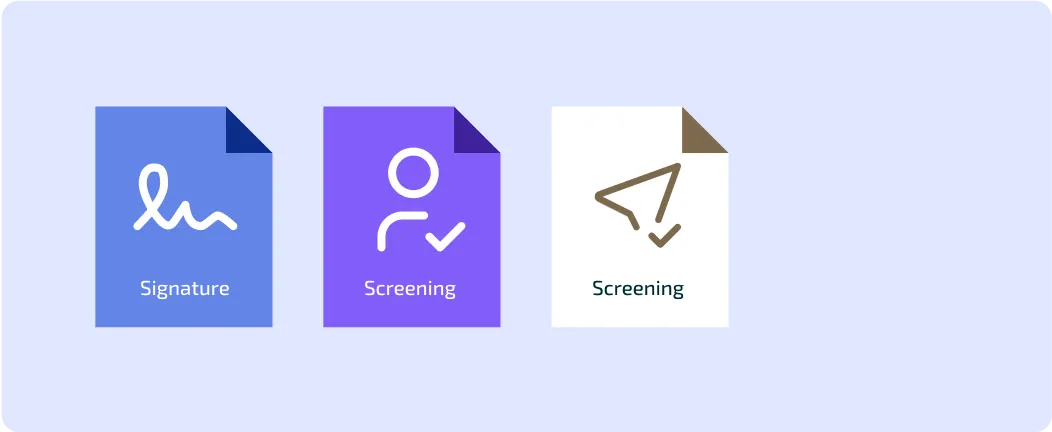.webp)
Published on
June 24, 2025
Anti-Money Laundering Compliance Standards Explained
.png)
Accelerate AML Compliance: Meet Regulatory Demands with 80% Less Setup Time
.svg)
.svg)
AML Compliance (Anti-Money Laundering Compliance) refers to the policies, procedures, and controls that financial institutions follow to prevent money laundering, fraud, and terrorist financing. It ensures that businesses operate legally and do not unknowingly support criminal activities.
Key Components of AML Compliance:
- Know Your Customer (KYC): Verifying customer identities and assessing their risk levels.
- Transaction Monitoring: Tracking customer transactions to detect unusual activity.
- Suspicious Activity Reporting (SARs): Reporting suspicious transactions to authorities.
- Sanctions Screening: Checking customers against global watchlists.
- Internal Audits & Controls: Regularly reviewing AML processes for compliance.
- Employee Training: Teaching staff how to identify and report suspicious activity.
Example:
Case of Suspicious Transactions at XYZ Bank
XYZ Bank, a financial institution in Riyadh, has a strong AML compliance program. Their system alerts the compliance team about Mr. Rami, a newly onboarded customer who claims to be a small business owner.
Step-by-Step Breakdown of AML Compliance: KYC & Customer Risk Assessment
1. Mr. Rami provides an ID, business registration, and financial statements.
The bank assigns him a low-risk rating since his business is small and operates locally.
2. Suspicious Transactions Detected
Within two months, his account receives multiple international wire transfers totaling £500,000 from unknown sources.
He quickly withdraws large amounts in cash, which is unusual for a small business.
Transactions are structured to stay just below reporting limits.
3. Enhanced Due Diligence (EDD)
- The compliance team reviews his business details.
- They find inconsistent financial records and a fake business address.
- Public records show he has ties to known fraudsters.
4. Filing a Suspicious Activity Report (SAR)
- The compliance officer reports the case to the Saudi Arabia’s Financial Intelligence Unit (FIU).
- Authorities investigate and discover Mr. Rami is laundering money for a criminal gang.
5. Regulatory Action & Bank’s Response
- His account is frozen, and law enforcement takes action.
- XYZ Bank updates its risk rating system and trains employees on new money laundering tactics.
Streamline Compliance: Achieve 80% Faster Setup for Fraud Prevention
.svg)
.svg)

How Aseel reduced onboarding time by more than 87% using FOCAL
Learn how FOCAL empowered Aseel to achieve new milestones.


Mastering Fraud Prevention: A Comprehensive Guide for KSA and MENA Businesses
51% of organizations fell victim to fraud in the last two years, don't be caught off guard, act proactively.


Featured blog posts

.png)
Anti-Money Laundering Compliance Standards Explained
Explore how AML compliance policies like KYC, SARs, and audits help financial institutions detect, report, and prevent criminal financial activities.
.webp)
.png)
Anti-Money Laundering Compliance Standards Explained
Explore how AML compliance policies like KYC, SARs, and audits help financial institutions detect, report, and prevent criminal financial activities.
.webp)
.png)
Anti-Money Laundering Compliance Standards Explained
Explore how AML compliance policies like KYC, SARs, and audits help financial institutions detect, report, and prevent criminal financial activities.
.webp)





AI-Driven Precision in Fraud Risk and AML Compliance



.svg)
.png)





.svg)

_FastestImplementation_Small-Business_GoLiveTime.png)

_HighPerformer_Small-Business_HighPerformer.png)
_Leader_Leader.png)



%20(1).webp)